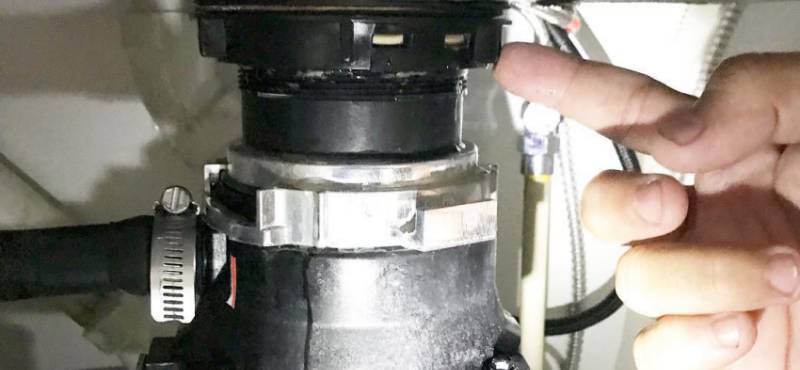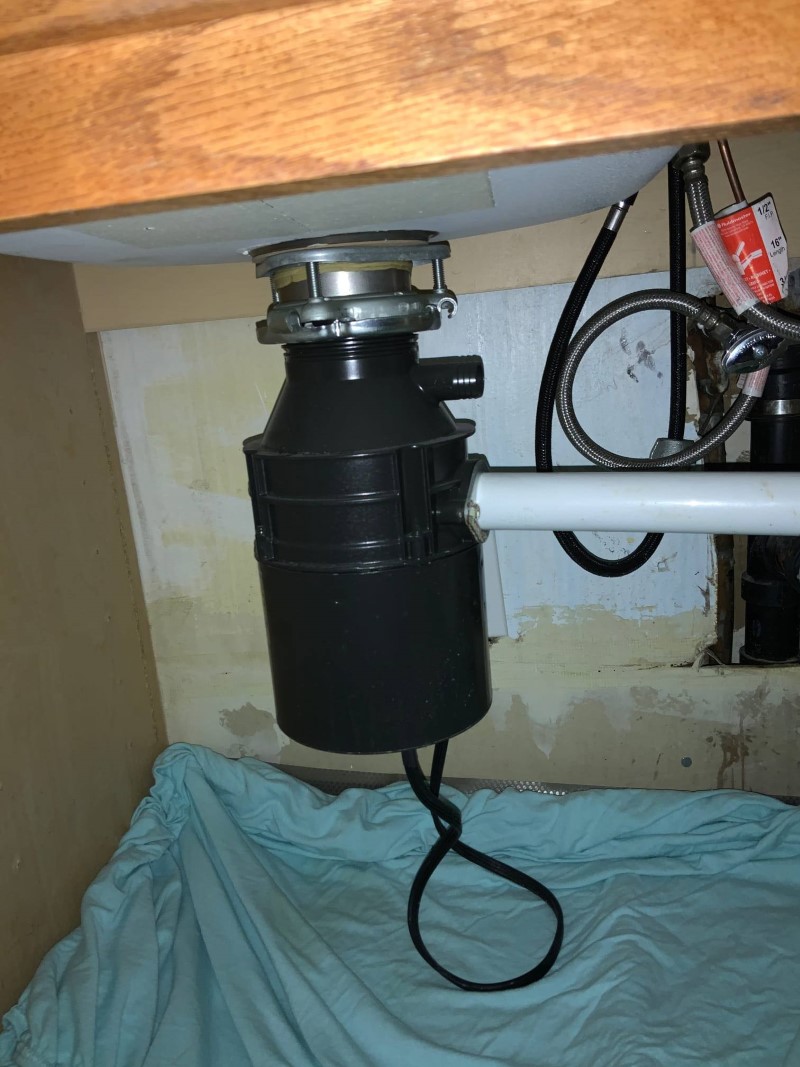Simple Techniques for Repairing a Leaky Garbage Disposal
Simple Techniques for Repairing a Leaky Garbage Disposal
Blog Article
Were you on the lookout for details Why Is My Garbage Disposal Leaking From the Bottom??

Waste disposal unit are crucial cooking area home appliances that help in dealing with food waste efficiently. Nonetheless, a leaking waste disposal unit can be a discouraging and untidy trouble to take care of. Thankfully, several leaks can be dealt with quickly with a couple of basic actions. In this short article, we will certainly talk about just how to repair a dripping waste disposal unit efficiently.
Intro
Garbage disposals are set up under cooking area sinks and are designed to shred food waste into smaller sized items, permitting it to pass through the plumbing system quickly. While these tools are generally reputable, leakages can happen with time as a result of wear and tear, loose connections, or damage to the unit.
Common Reasons For Leaks in Garbage Disposals
Worn Seals and Gaskets
Seals and gaskets play an important function in avoiding water from leaking out of the garbage disposal. Over time, these components can weaken, leading to leakages around the disposal device.
Loose Connections
The links between the waste disposal unit and the plumbing system can end up being loosened with time, triggering water to leak out throughout operation.
Cracks or Openings in the Disposal Device
Physical damage to the waste disposal unit, such as splits or holes in the housing, can likewise cause leaks.
Identifying the Source of the Leakage
Prior to trying to fix a leaking waste disposal unit, it is important to recognize the resource of the leakage. This can typically be done through visual evaluation or by carrying out easy tests.
Visual Evaluation
Examine the garbage disposal unit carefully for any type of indicators of water leak. Pay close attention to areas around seals, gaskets, and connection points.
Evaluating for Leakages
One method to check for leakages is by running water via the disposal device and looking for any kind of noticeable indicators of leak.
Devices and Materials Needed for Repairing a Leaking Garbage Disposal
Before starting the fixing procedure, collect the needed tools and materials, consisting of a screwdriver, flexible wrench, plumbing technician's putty, replacement seals or gaskets, and epoxy or patching material for fixing cracks or openings.
Step-by-Step Overview to Dealing With a Dripping Garbage Disposal
Turn Off the Power
Before attempting any kind of fixings, make certain that the power to the waste disposal unit device is shut off to stop the threat of electrical shock.
Locate the Leak
Identify the specific location of the leak and determine the cause.
Tighten Links
Make use of a wrench to tighten up any kind of loosened links between the disposal unit and the plumbing system.
Change Seals or Gaskets
If the leakage is because of worn seals or gaskets, remove the old components and change them with brand-new ones.
Patching Fractures or Holes
For splits or holes in the disposal unit, usage epoxy or an appropriate patching material to secure the damaged area.
Examining the Garbage Disposal After Repair
As soon as the repair work is full, check the garbage disposal by running water with it to ensure that the leakage has actually been resolved.
Preventive Upkeep Tips to Stay Clear Of Future Leakages
To avoid future leaks, it is necessary to perform normal upkeep on your garbage disposal. This includes maintaining it tidy, preventing putting non-food things or difficult objects down the disposal, and occasionally looking for leaks or various other problems.
Conclusion
To conclude, repairing a leaking waste disposal unit is a fairly straightforward procedure that can be finished with standard tools and materials. By following the steps laid out in this post and exercising preventative maintenance, you can maintain your garbage disposal in good working problem and stay clear of expensive fixings in the future.
HERE’S HOW TO FIX YOUR GARBAGE DISPOSAL
WHAT TO DO IF SOMETHING IS STUCK IN YOUR GARBAGE DISPOSAL
If the impeller won’t turn, there’s probably something stuck in the disposal. It could be a steak bone or peach pit, although plumbers report pulling all sorts of inappropriate objects out of disposals, such as bottle caps or aluminum foil. Make sure power to the disposal is off, and look inside to see if you can see the source of the jam.
Never stick your fingers in a disposal. Pull out anything you see with tongs or pliers.
If the disposal still won’t work, it may be time to call a plumber or consider buying a new disposal. GEM Plumbing & Heating is here for all of your garbage disposal needs.
WHAT TO DO IF YOUR GARBAGE DISPOSAL DRAIN IS CLOGGED
Take everything out from underneath your sink and put a bucket or other container under your disposal to catch any water that drains out. Disconnect your disposal from the power supply. If it’s plugged into a wall outlet, unplug it. If it’s hardwired into an electrical box, go to the electrical panel and turn off the breaker for the disposal. Pour ¼ cup of baking soda into the drain, followed by ½ cup of white vinegar. Give the solution a few minutes to fizz and do its work. Look into the disposal with a flashlight to see if you can see an object that might be causing the clog. If you see it, remove it using tongs or pliers. MORE TIPS ON DEALING WITH A CLOGGED GARBAGE DISPOSAL
Never use drain cleaner in a garbage disposal. It can damage the plastic parts inside the disposal. You can also be splashed with the caustic liquid while working to clear the clog. Beware! Never stick your fingers into a garbage disposal. Trust us — not a good idea. In many instances, your dishwasher drains through your garbage disposal. This allows the disposal to grind any large food particles that may be drained out of your dishwasher. There are some jurisdictions, however, where the plumbing code prohibits such a connection. WHAT TO DO WHEN YOUR DISHWASHER DRAINS THROUGH THE DISPOSAL
Run some water in the sink so your plunger has at least a ½-inch of water to create a seal and plunge vigorously up and down several times. You may need to repeat this several times. Run hot water down the drain to clear any residue that remains.

I am just very enthusiastic about Why Is and I hope you liked my post. Please set aside a second to distribute this page if you enjoyed reading it. I praise you for your time. Please come visit our blog back soon.
Call Us Now Report this page